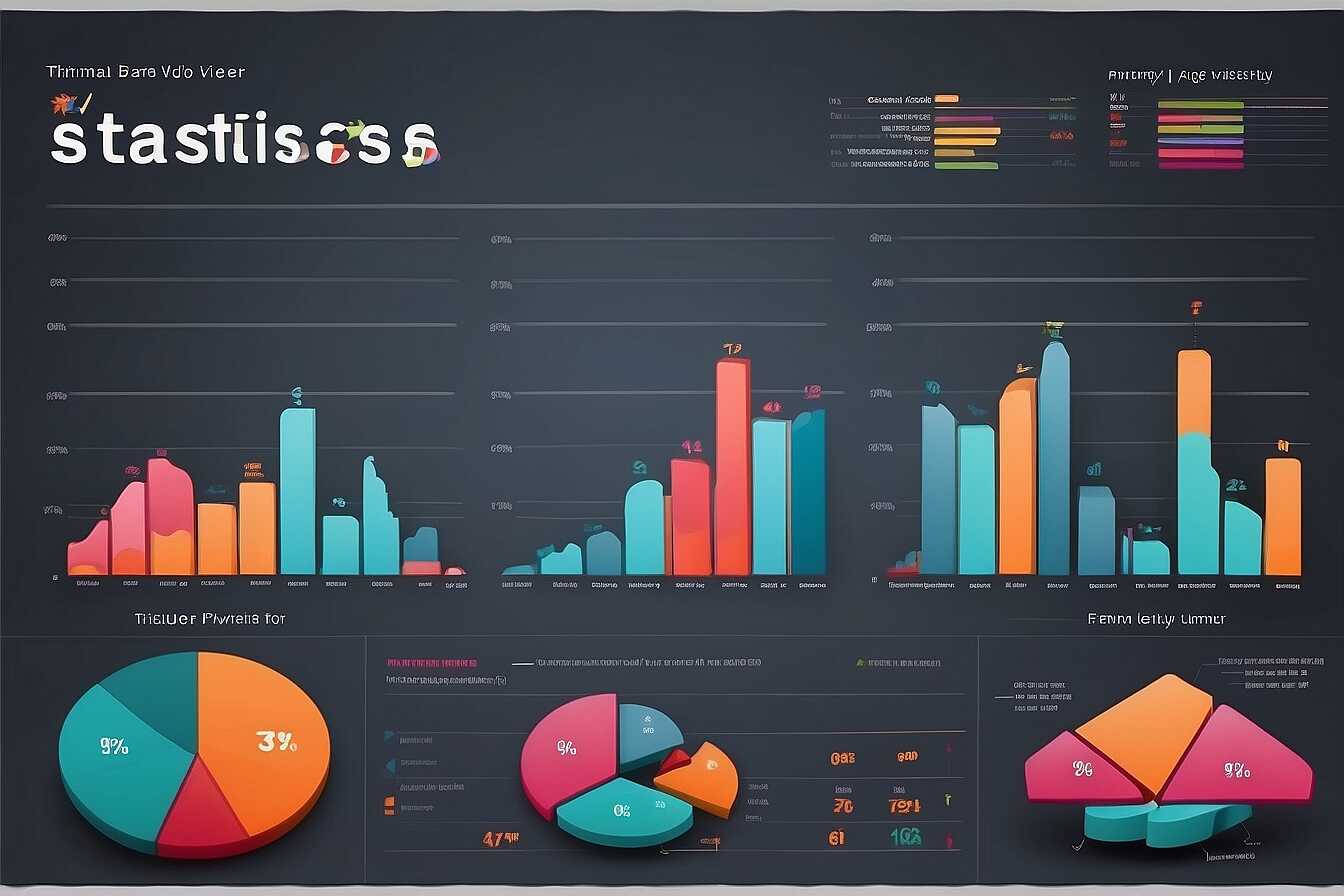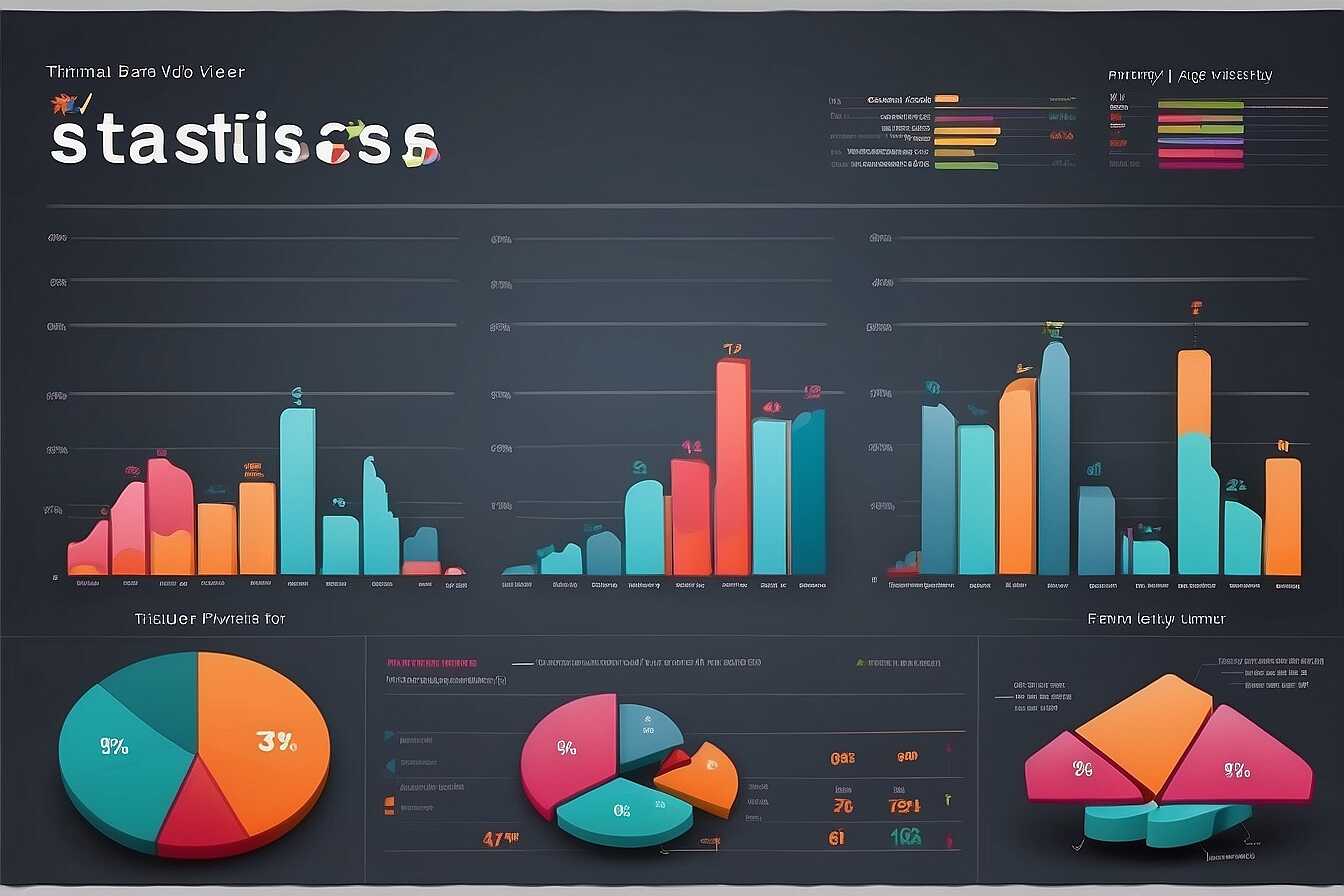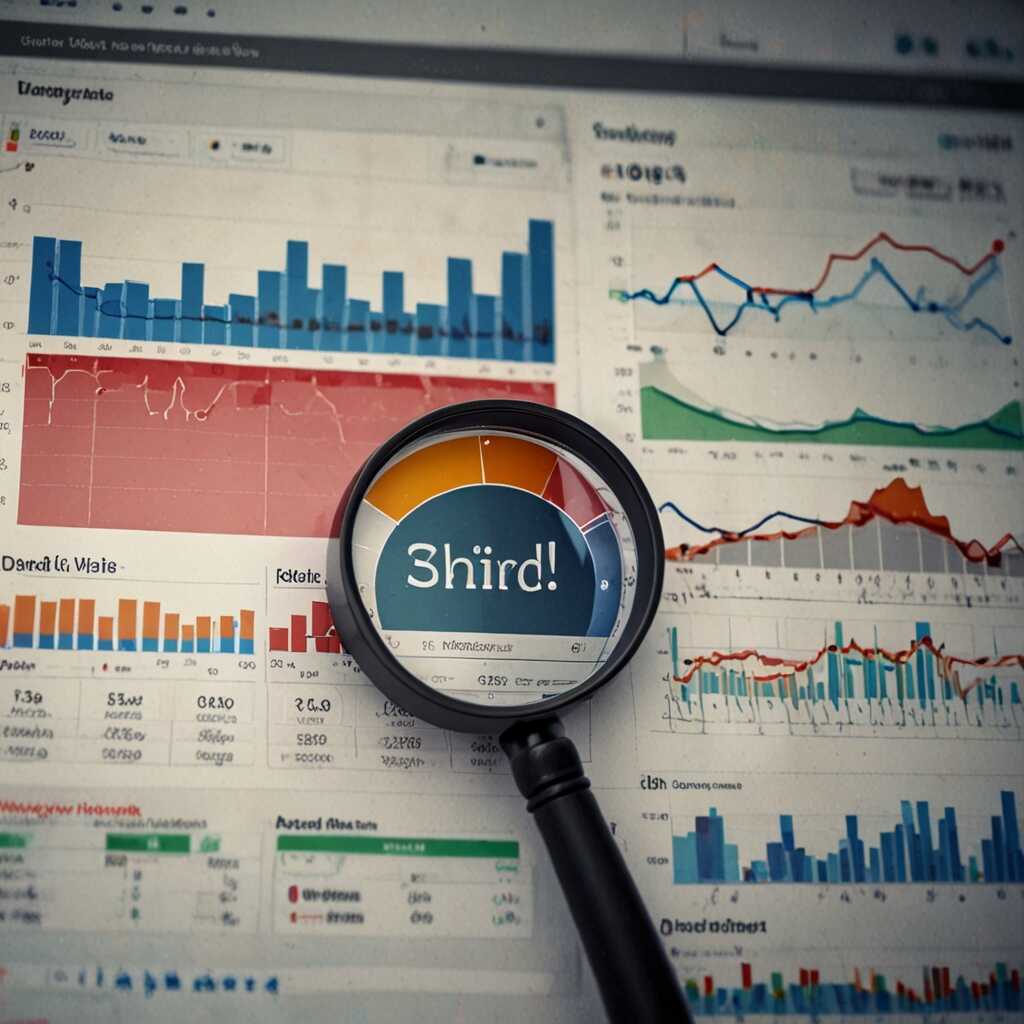Page speed is crucial for technical SEO because it directly impacts user experience and search rankings. A faster website not only keeps visitors engaged but also improves your chances of ranking higher on search engines. At Metrics Rule, we understand that optimizing page speed is essential for achieving technical SEO success, and we aim to provide practical methods that website owners, digital marketers, and web developers can implement. By focusing on enhancing page speed, you can create a more efficient site that satisfies both users and search engines.
The Essential Connection Between Page Speed and SEO Success
The connection between page speed and SEO rankings is essential for achieving online visibility. A website’s loading time directly impacts its search engine results. For instance, Google considers page speed as a ranking factor. If your website takes longer than three seconds to load, users are likely to abandon it. Factors such as image size, server speed, and the quality of hosting play a significant role in determining loading times. Optimizing these factors can enhance your SEO performance significantly. Studies show that websites with speeds under two seconds tend to rank better in search results, as they provide users with a smoother experience.
How to Optimize Loading Times for Improved SEO
To optimize loading times effectively, start by implementing image compression techniques without sacrificing quality. Tools like Photoshop or online compressors can reduce file sizes significantly. Next, consider your server speed; choose a hosting provider known for high performance and reliability. A Content Delivery Network (CDN) can also distribute your content efficiently across various locations. Additionally, perform regular website speed testing using tools like Google PageSpeed Insights or GTmetrix. These tests provide actionable insights to improve loading time efficiency. By focusing on these specific elements, you can achieve optimal loading times that not only retain visitors but also boost your site’s SEO results.
Understanding How Page Speed Affects User Behavior
Page speed significantly influences user engagement. Research shows that faster loading times lead to lower bounce rates and higher user satisfaction. Studies indicate that users are more likely to stay on a site, interact with its content, and ultimately convert when loading times are optimized. In fact, if a website takes longer than three seconds to load, about 40% of users abandon it. This reliance on quick loading underscores the importance of page speed for businesses aiming to enhance their online presence and improve conversion rates.
Key Statistics on Bounce Rates Related to Page Speed
Numerous studies reveal that website performance impacts bounce rates dramatically. For instance, a 2021 report found that a one-second delay in page response can result in a 7% reduction in conversions. Users expect web pages to load swiftly, with 47% expecting a site to load in under two seconds. By understanding these statistics, e-commerce managers and web developers can prioritize technical SEO strategies that improve loading times, ensuring they remain competitive in the growing digital marketplace.
Key Technical Components Influencing Website Loading Speed
Understanding the key components that affect website loading speed is essential for enhancing technical SEO. Server performance directly impacts how quickly your site responds to user requests. A reliable server can handle multiple requests, ensuring that users experience minimal lag. Moreover, implementing effective image optimization techniques can drastically reduce file sizes without sacrificing quality. This helps in loading pages faster. Additionally, utilizing content delivery networks (CDNs) can distribute your website’s content across various geographical locations, further enhancing loading speed. Collectively, these elements play a crucial role in improving overall website performance metrics.
Optimizing Server Performance for Speed
To enhance loading speed, focusing on optimizing server performance is vital. Ensure your server has sufficient resources to handle traffic spikes, as reliability during high demand is crucial. Using modern web servers like Nginx or Apache can improve HTTP request handling. Implementing caching mechanisms also reduces server load, delivering content to users quickly. Utilize server-side scripting to pre-process data, ensuring a streamlined response. By maximizing server efficiency, you can significantly enhance the loading speed of your site, thus improving user experience and boosting SEO rankings.
Key Statistics Impacting Web Performance
- 2 seconds is the ideal load time to prevent user drop-off.
- 40% of users abandon a site that takes more than 3 seconds to load.
- Google reports that 53% of mobile users leave pages that take over 3 seconds.
- Loading speed can affect up to 70% of conversion rates.
- 1-second delay can cause a 7% reduction in sales for e-commerce sites.
- Websites that load quickly see improved search engine rankings.
- Sites with optimal speed tend to have higher user satisfaction scores.

Effective Tools for Measuring Website Loading Performance
Several effective tools for measuring website loading performance include Google PageSpeed Insights, GTmetrix, and Pingdom. These tools provide detailed insights into loading speed and optimization suggestions. Each tool has unique features, enabling users to assess their website’s performance from different angles. For users looking to compare performance testing tools, they should consider factors like reliability, user experience, ease of use, and the specific metrics provided. In 2025, websites should aim for average load times under 3 seconds to enhance user experience and improve SEO rankings.
Key Features to Look for in Performance Testing Tools
When selecting website performance testing tools, it’s crucial to evaluate key features that enable efficient loading speed analysis. Look for tools that provide detailed reports on critical metrics like Time to First Byte (TTFB), Fully Loaded Time, and First Contentful Paint. Many of these tools, including GTmetrix and Pingdom, offer performance grades and actionable recommendations, enhancing your website’s loading speed effectively. Furthermore, tools that include historical data tracking allow you to analyze loading speed trends over time, supporting ongoing optimization efforts. Such detailed insights can dramatically impact your website’s performance and user satisfaction.

Actionable Techniques to Improve Page Loading Speed
To enhance the loading speed of your website, consider implementing image compression techniques, which significantly reduce file sizes without losing quality. Code minification strategies remove unnecessary characters from HTML, CSS, and JavaScript files, streamlining their delivery. Utilizing caching methods stores frequently accessed data and resources, ensuring faster load times and improving overall website performance. Research data suggests that aiming for a loading speed of under three seconds is essential for a successful user experience in 2025.
How Image Compression and Code Minification Contribute to Speed
Image compression is crucial for optimizing loading speed on e-commerce and content-heavy sites. By using tools like TinyPNG or ImageOptim, you can reduce your image sizes to improve page loading time effectively. Code minification is equally important; it helps reduce the size of your CSS and JavaScript files. Tools such as UglifyJS for JavaScript and CSSNano for CSS can handle this efficiently. Together, these techniques deliver reliable performance, ensuring your site is not only fast but also meets the expectations of search engines like Google and Bing.
Advantages of Fast-Loading Websites
- Faster pages improve user experience and keep visitors engaged.
- Enhanced performance boosts search engine optimization and ranking potential.
- Quick-loading sites encourage users to return and recommend the site.
- Increased conversion rates lead to more revenue for businesses.
- Fast speeds reduce bounce rates, keeping users on your site longer.
- Mobile users appreciate quick load times for better accessibility.
- Users trust and prefer websites that load efficiently and smoothly.

The Role of Mobile Responsiveness in Page Speed
Mobile responsiveness plays a crucial role in enhancing page speed. When a website is mobile responsive, it adjusts its layout and elements to fit the screen size, which ensures that content loads efficiently on mobile devices. Factors like image sizing, CSS scripts, and JavaScript reduce loading times significantly. Optimizing these elements not only ensures a smoother experience but also improves SEO performance, as search engines prioritize mobile-friendly sites. In 2025, it’s projected that over 60% of internet users will access websites via mobile devices, making mobile optimization essential for webmasters and digital marketers, especially in the competitive landscape of e-commerce.
Key Strategies for Optimizing Mobile Page Speed
To optimize mobile page speed, implement strategies such as compressing images and minifying CSS and JavaScript files. Use tools like Google’s PageSpeed Insights to evaluate your site’s performance and get specific recommendations. Ensure that your website has a reliable hosting service that can handle high traffic levels efficiently. Additionally, consider leveraging lazy loading techniques for images and videos, ensuring that only visible content loads first. These strategies can significantly enhance the loading time and provide a better user experience for mobile visitors accessing your site from various devices.
Long-Term Monitoring and Optimizing Page Speed
Regular monitoring of page speed is essential for ensuring website performance and user satisfaction. Consistent testing can highlight performance issues before they impact search engine rankings and user experience. Key metrics for ongoing page speed analysis include load time, first contentful paint, and total blocking time. Website owners should perform these tests at least monthly to keep up with changing technologies and user behavior.
Best Practices for Continuous Page Speed Improvement
Implementing best practices for continuous page speed improvement is crucial. Website owners should utilize tools like Google PageSpeed Insights and GTmetrix to analyze their site regularly. These tools provide comprehensive reviews that pinpoint areas that need enhancement. Additionally, assessing server response times and optimizing images and scripts will enhance overall website performance. Keeping software and plugins updated is also essential to prevent slowdowns. By regularly applying these techniques, your e-commerce site can deliver high-quality performance, ensuring that it remains competitive in the search engine rankings.
Brands and Their Speed Performance Insights
- Amazon: Offers rapid load times, increasing shopper satisfaction.
- Walmart: Struggles with speed during high traffic events but works on improvements.
- eBay: Balances visual content with decent loading speeds for user engagement.
- Best Buy: Achieves fast performance but can face slowdowns during promotions.
- Alibaba: Optimizes for global speed, catering to international audiences.
- Target: Prioritizes performance, yet sometimes experiences loading issues.
- Shopify: Supports fast-loading e-commerce sites, boosting seller sales.
Summarizing the Impact of Page Speed on SEO
To summarize, page speed is critical for SEO because it directly impacts search engine rankings, user engagement, and overall website effectiveness. A fast-loading website enhances user experience, reduces bounce rates, and increases conversion rates. Research shows that if a webpage takes longer than three seconds to load, users are more likely to leave, resulting in lost traffic and potential sales. Prioritizing page speed optimization should be a vital part of your SEO strategy to ensure that your website attracts and retains visitors effectively.
Key Metrics Affected by Page Speed
The metrics impacted by page speed include bounce rate, conversion rate, and overall user satisfaction. Studies indicate that a one-second delay in loading can decrease user satisfaction by up to 16%. An optimal page loading time of under three seconds is recommended to achieve better rankings on search engines like Google and Bing. As demonstrated by experts, every second counts in retaining users and enhancing their experience, directly contributing to improved SEO performance. Metrics such as page speed insights and conversion rates reveal that a fast-loading website not only improves search visibility but also helps e-commerce target sales more effectively.
